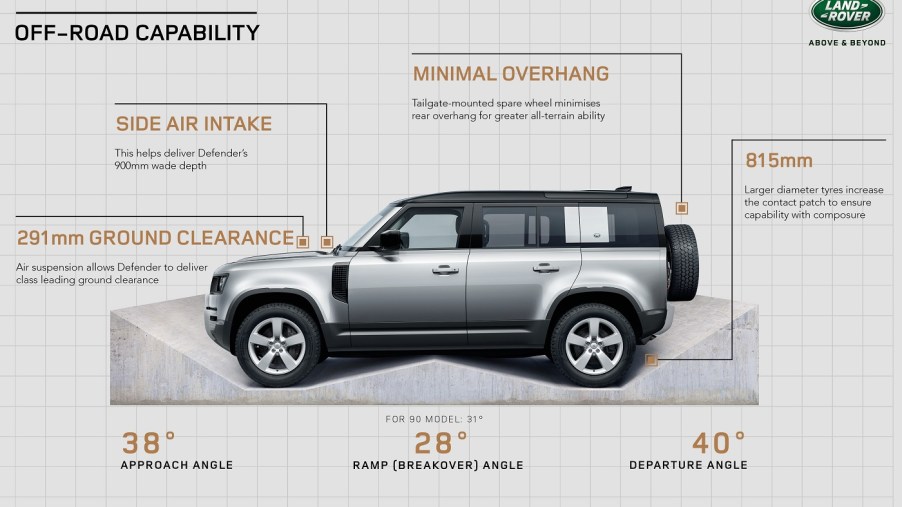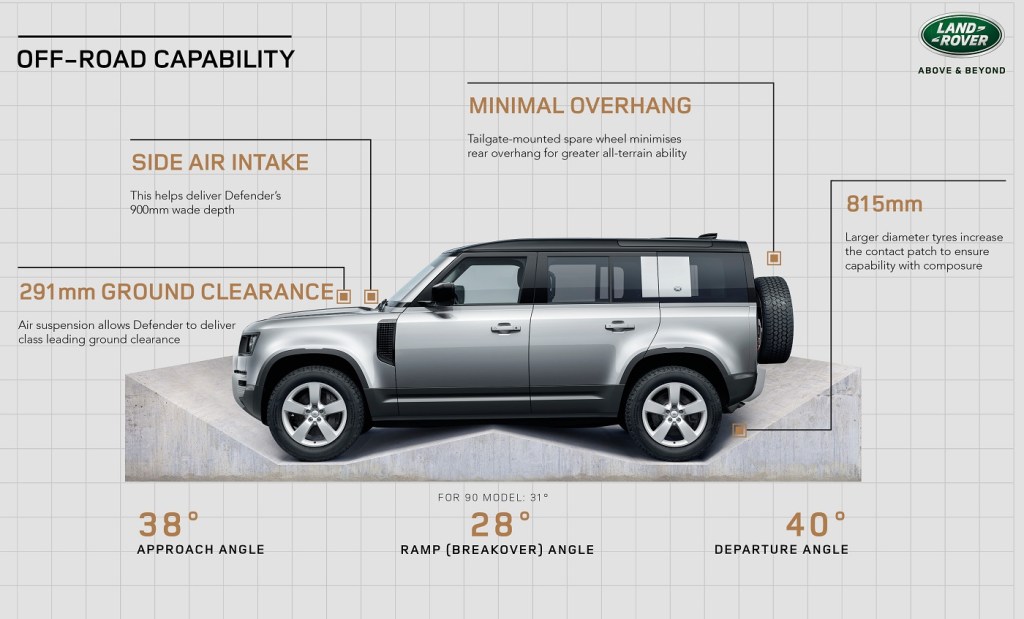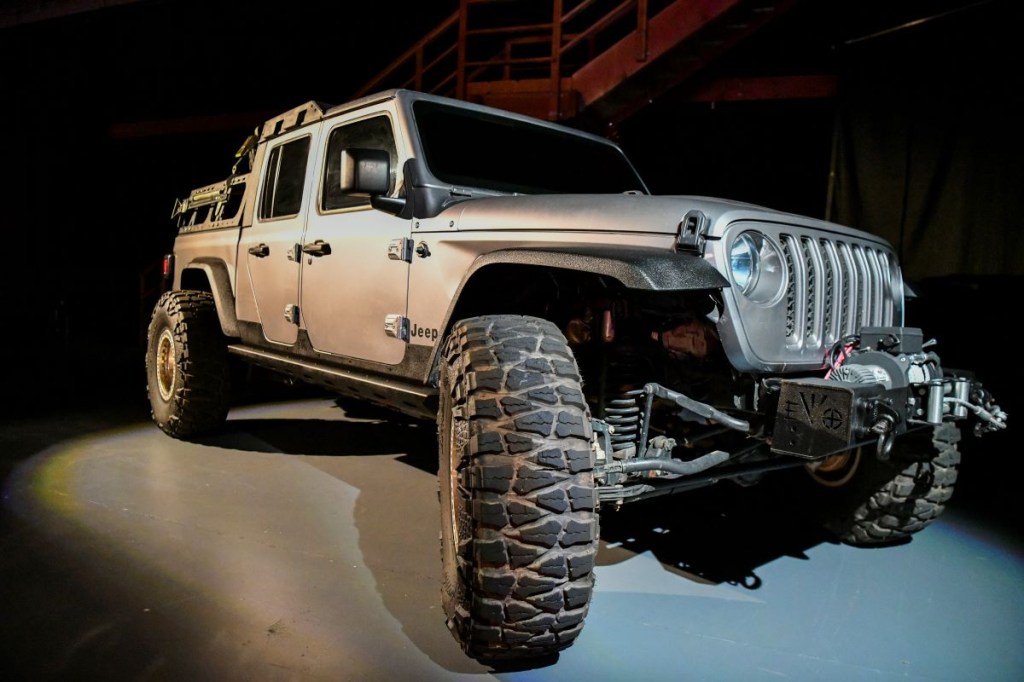
Why You Should Care About Approach and Departure Angles
SUVs and trucks are tall, and have big tires, so they can get over big obstacles. Manufacturers pay attention to these angles on every car, truck or SUV they make so that you’ll know that if you want to go over that curb in, say, a 4Runner, you know that you can.
There are three different angles that are key to making a successful off-road vehicle, but not always a pretty one. One is the approach angle, two is the departure angle, and the third is the breakover angle. One lets you know what you can go over, one is how far you can go over it, and the third lets you know what you can drive away from.
Approach angle: can you get up it?

If your approach angle isn’t steep enough, you can’t get over an obstacle off road, or even the curb in front of your house. The approach angle is measure from the tip of the bumper to the bottom of the tire. A steeper angle means that you can at least drive up to something, and possibly over it, easier.
The new Tacoma TRD Pro makes a big deal of increasing the approach angle.
This is the same reason supercars like Ferraris and Lamborghinis have front-end lifters to get over speed bumps or steep driveways. They have horrible approach angles. Sure, that’s great for going fast on a racetrack, where there are no obstacles. But when you’re off-road, you want the highest angle you can get to scramble over tall rocks.
Departure angle: will it hang you up?
The departure angle is measured from the rear bumper to the bottom of the rear tire. Why does that matter? Because when you’re going up and over a rock, the back end may scrape the ground or rocks, and hang you up.
A truck with a long bed overhang will often scrape the tailpipes or bottom of the bed compared to a Jeep that has a very short overhang.
If a good approach angle helps you get over an obstacle, a good departure angle helps you get away from an obstacle.
Wheelbase matters for breakover angle

A longer SUV will get hung up on more things than a shorter one. Usually. Think about a GMC Yukon Denali XL that is almost 19-feet-long. That’s a lot of SUV. A two-door Jeep Wrangler is just 13.9 feet long, or five feet shorter. That Wrangler, and its shorter wheelbase, means that you can point the nose toward the sky when going over a rock and not worry about the bottom getting scraped up on a rock.
Breakover angle is the maximum angle you can drive over without the ground or obstacle contacting your undercarriage. If you’re curious what your breakover angle is, head over to Vcalc.com’s breakover angle calculator.
Three ways to increase your approach and departure angles
There are several ways to improve your approach and departure angles to improve off-road performance.
Bigger tires. Taller tires mean your bumper is higher, and your ground clearance can be improved. But, not every SUV or truck can take a bigger tire without significant modifications.
Lift the suspension: A suspension lift will help give you steeper angles, too. But, keep in mind that a suspension lift that is too high creates an unstable SUV. Nobody wants to tip over. However, not enough lift and you end up getting high-centered or scrape on every rock on the trail.
Remove the bumpers: If you’ve ever spent time at an off-road park, you’ll see Jeep Wranglers and other off-road vehicles without bumpers. They were removed to increase the clearance, but they’re probably not street legal.


